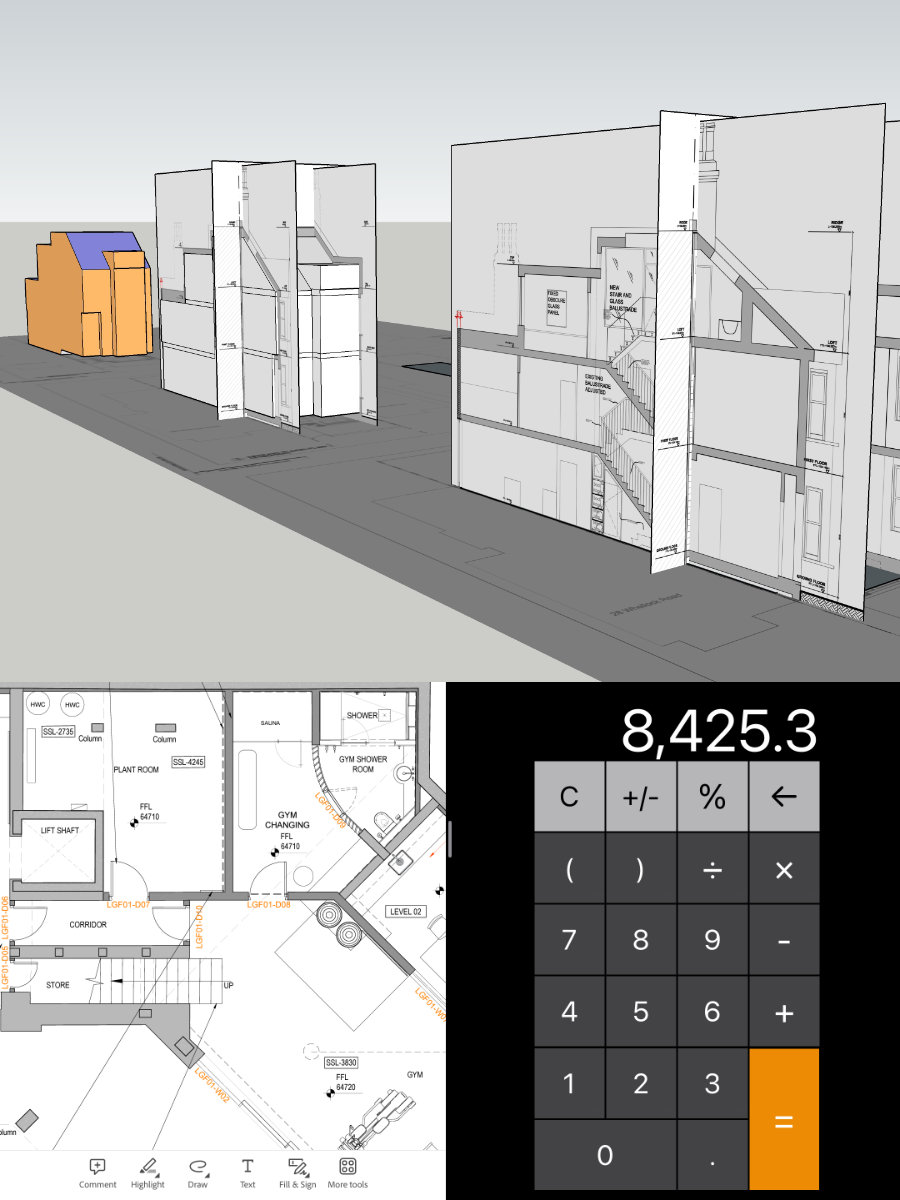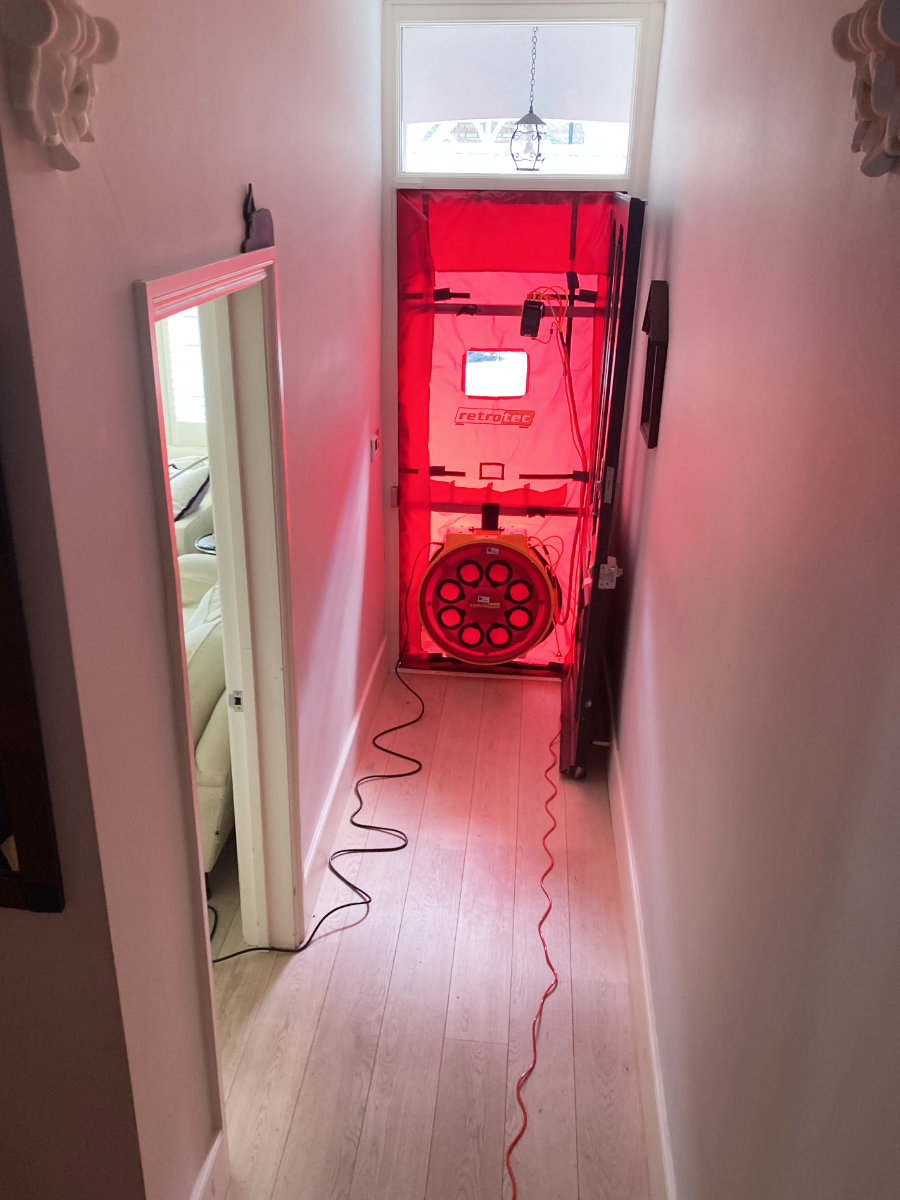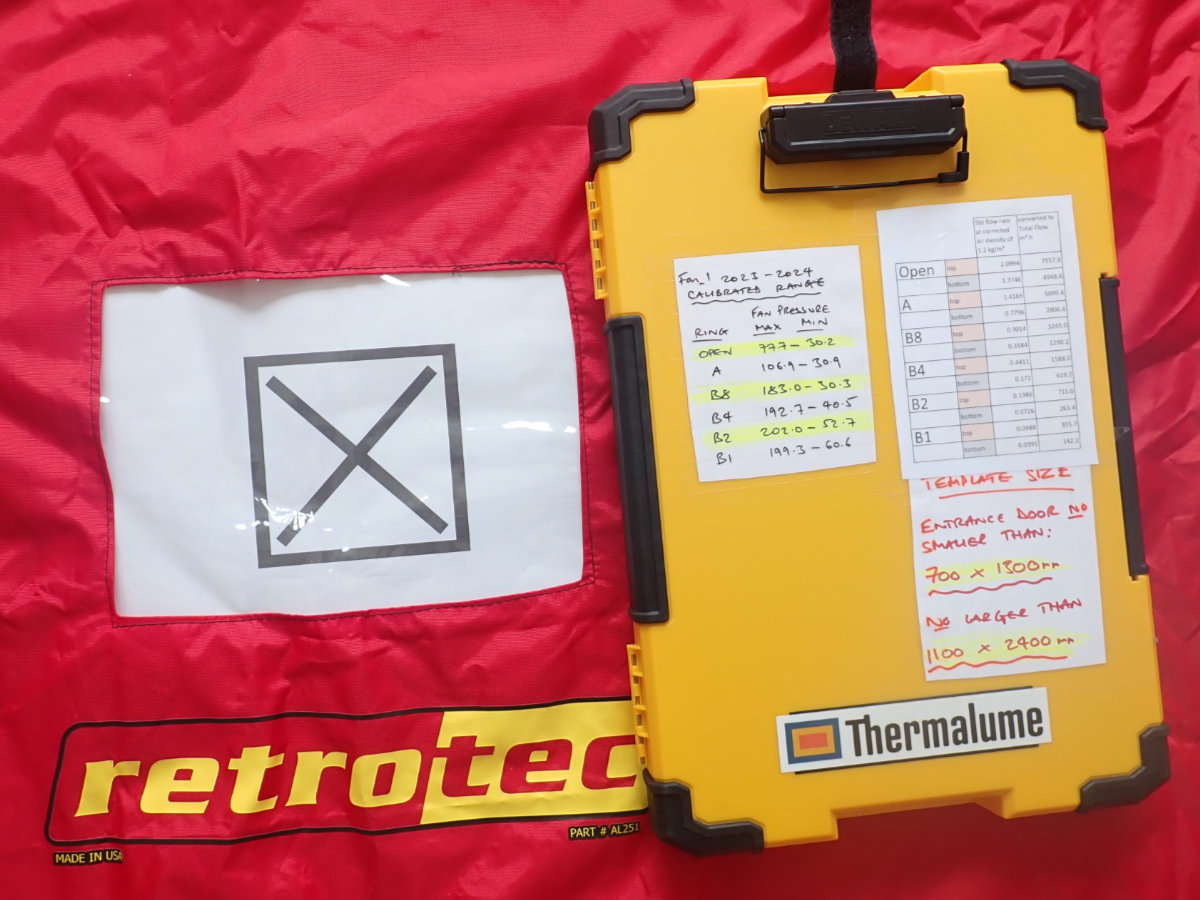Wednesday, 29th May
The Ultimate Air Tightness Testing Checklist
Why is it Important to Get Air Testing Right?
Compliance with UK Building Regulations
Air tightness testing is mandatory in the UK for all new dwellings and most new non-domestic buildings, with some exceptions based on building size, construction type, and complexity. If a building fails to meet its design air permeability target, it will require remedial work and retesting to comply with Part L of the Building Regulations.
Air testing should be conducted by a testing company registered with a Competent Persons Scheme (CPS). The largest CPS in the UK is the Air Tightness Testing & Measurement Association (ATTMA). You should be aware that results from unaccredited testers may not be accepted by Building Control Bodies.
Energy Efficiency
Air leakage represents wasted energy, as the escaping air has already been conditioned. Draughty buildings consume more energy to maintain comfortable temperatures, leading to higher heating bills. Air tightness testing helps identify areas of energy loss, allowing for targeted improvements to enhance the building’s energy efficiency and reduce heat loss.
Thermal Comfort
Draughts cause localised cold air movement, leading to discomfort even if the overall room temperature is within a comfortable range. Reducing draughts improves thermal comfort for occupants.
Quality Assurance
Air tightness testing, combined with complementary inspection methods like thermal imaging and smoke tests, helps identify construction defects such as gaps, cracks, and holes. These methods enable on-site teams to quickly address issues and ensure the building meets quality standards.
Performance Validation
Standardised air tightness testing provides reliable performance validation for both new and existing buildings. For new builds, it verifies whether the actual air permeability meets, exceeds, or fails the design target. In existing buildings, testing before and after renovations allows for comparative performance assessments.
The Ultimate Air Tightness Testing Checklist
The Basics
For New Builds
Ensure your building is ready for testing. ATTMA estimates that 70% of new build dwellings fail their air test because the air testers were called in too early.
- All walls, floors, and ceilings must be complete.
- All windows and external doors must be installed, dry glazed, and closed. Ensure seals are installed and trickle vents closed.
- All skirting boards, electrical sockets, light switches, kitchen units, and bathroom suites must be fitted. Top tip: remember to seal the wall to floor junctions behind kitchen and bath units.
- Loft hatches and eaves cupboard doors must be fitted and draft stripped.
- Mastic sealant must be completed to doors, windows, skirting, and services penetrating the building fabric.
- Water and power should be connected; incomplete areas suggest the building is unfinished.
- Schedule the air test before the final floor covering is installed if possible.
For Existing Dwellings
We recommend carrying out the air test either before work starts or after practical completion.
Temporary Sealing
Temporary sealing is not a method of compliance and can result in a failed test if not applied according to the test method. As a rule of thumb, any sealing that artificially enhances air tightness during the test is not permitted.
The air tester may apply some temporary sealing in the form of low tack tape to extractor fans, passive ventilation, and chimney flues. These instances are documented in the test results.
Paperwork
- Know the Design Air Permeability target (DAP) for each building to be tested, found in your SAP calculations report.
- Provide dimensioned drawings (plans and sections) to the testing company so that they can calculate the envelope area offsite.

Envelope area calculations are essential for air testing. Dwellings are modelled in software.
Test Day Requirements
- The tester will need mains power (240V or 110V) within 5m of the setup position (usually the front door entrance).
- Any mechanical extraction systems and combustion appliances should be switched off.
- Drainage traps should be filled with water.
What is a Good Score on an Air Tightness Test?
Part L was ammended in 2023 and the air permeability requirement is stricter than ever. The maximum allowable air leakage for a new build dwelling must not exceed 8.0 m³.h¯¹.m¯¹ @ 50 Pa, however targets are often much lower than this (e.g., 5.0 or less). A good result meets or is lower than the design air permeability target, demonstrating compliance with Part L of the Building Regulations.
For existing dwellings, a good score improves on a previous test or achieves specific goals like gaining a BREEAM point or providing information for a conservation officer. Even a standalone result can be beneficial since it can help you make decisions about the suitability of your building for an air source heat pump or underfloor heating, or explain high energy bills.

A blower door mounted in a front door opening.
How Thermalume Can Help
We are an ATTMA-registered testing company who provides air testing services in the Built Environment. We offer flexible scheduling, including out-of-hours and holiday testing, and we can usually turn around reports and lodgement certificates within 24 hours.
Our aim is to carry out a successful air test first time. We can provide advice on avoiding common pitfalls and offer complementary inspection services like thermography to locate major leakage paths if your plot fail to meet its target.
Conclusion
By following this checklist and understanding the importance of air tightness testing, you can ensure your building meets UK Building Regulations and achieves optimal energy efficiency and comfort. For expert guidance and support, contact Thermalume Services Limited to achieve your air tightness goals for both new and existing buildings.
